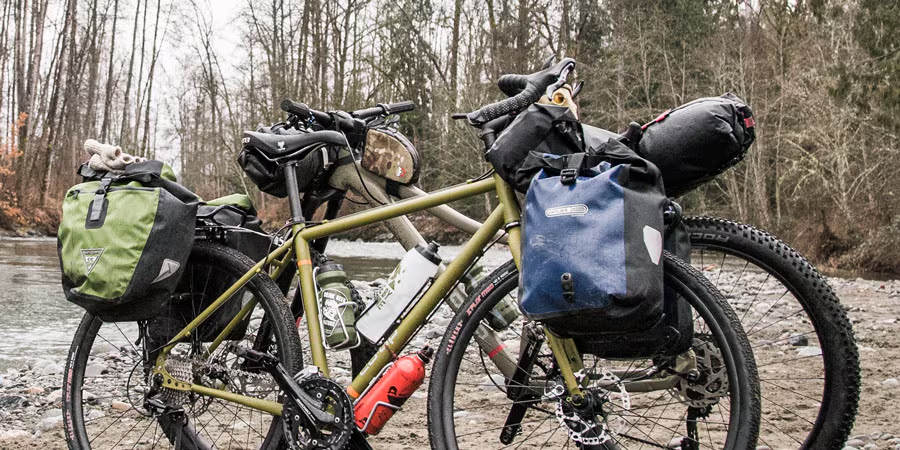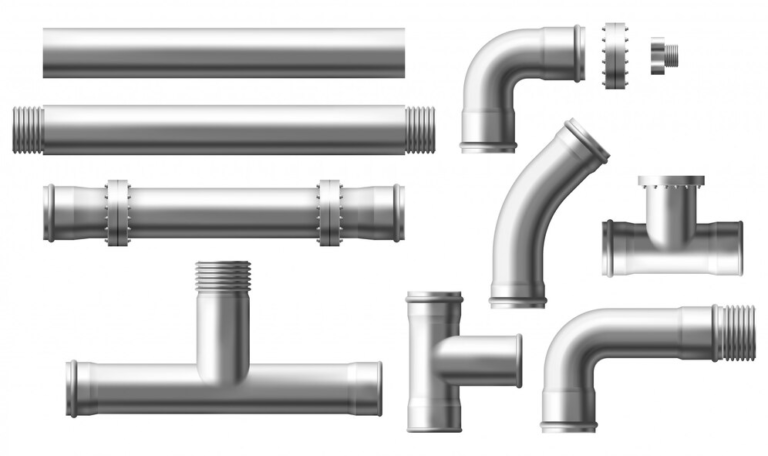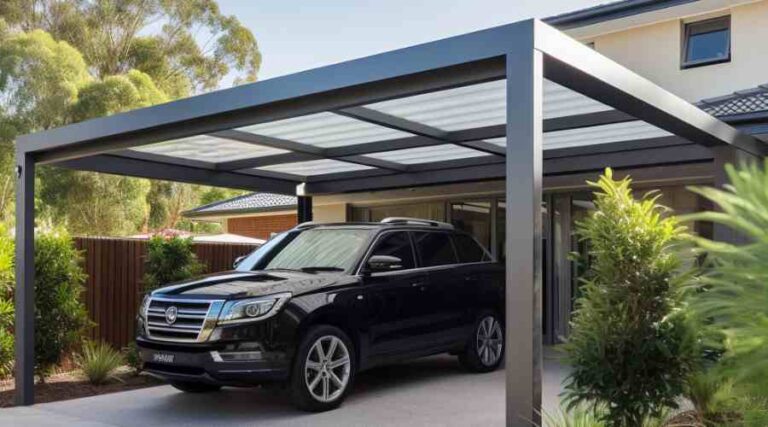The Essential Guide to Choosing Bike Bags for Every Ride
For cycling enthusiasts, having the right gear can make all the difference on the road. Whether embarking on a long-distance adventure, commuting to work, or simply enjoying a leisurely ride, the importance of selecting the right bike bags for your needs cannot be overstated. These versatile accessories are vital for carrying essentials and ensuring that you have everything you need without compromising your ride. In this comprehensive guide, we delve into the various aspects that should be considered when choosing bike bags.

Understanding the Different Types of Bike Bags
Before diving into the factors that influence your choice of bike bags, it is essential to understand the different types available on the market. Handlebar bags, saddle bags, frame bags, panniers, and trunk bags are some of the most common styles. Each has unique characteristics and serves different purposes. Handlebar bags are great for easy access to items while on the move, whereas saddle bags are perfect for carrying small tools and personal items. Frame bags offer a balanced way to carry gear, while panniers and trunk bags are ideal for heavier loads and longer trips.
Volume and Size: Finding the Right Fit
Size is one of the primary considerations when selecting bike bags. A bag that is too large can create wind resistance and make the bike harder to control, while a bag that is too small may not hold all your necessary items. It’s crucial to strike a balance by considering the volume of the bags in relation to the length and nature of your ride. For instance, a short commute may only require a small saddle bag for a repair kit and your wallet, whereas a touring cyclist would need panniers that can store clothing, camping gear, and food supplies.
Material and Durability: Withstanding the Elements
The material of your bike bags plays a significant role in their longevity and performance. Cyclists should opt for materials that are robust and water-resistant to protect their belongings from the elements. Many bags are made from nylon or polyester with a waterproof coating, while others boast more rugged materials like canvas. In addition, check for reinforced seams and durable zippers that can withstand constant use and exposure to adverse weather conditions.
Attachment and Removal: Ease of Use Matters
How the bike bags attach to your bicycle is another key factor. Bags that are complicated to fit or remove can quickly become frustrating, especially if they need to be taken off frequently. Look for bags with robust, yet straightforward, mounting systems that provide a secure fit but can be easily detached when necessary. Common attachment methods include Velcro straps, buckles, and clips, each suited to various bag types and sizes.

Accessibility and Organisation: Keeping Items Within Reach
No one wants to stop and sift through their bags for every little item. Therefore, accessibility is crucial. Opt for bike bags with multiple compartments, pockets, and external loops that can help keep your belongings organised and within easy reach. Additionally, consider bags with reflective elements or the option to attach lights for increased visibility during dusk or night rides.
Security: Protecting Your Belongings
For those commuting in urban areas or leaving their bike unattended, the security offered by bike bags is a significant factor. Some bags come with locks or the ability to add a padlock. Others are designed to be easily removable so that you can carry them with you when off the bike. Evaluate your needs and the typical environments you’ll be riding in to decide how much security you require.
Weight Distribution: The Impact on Riding Experience
The way weight is distributed across your bike greatly affects its handling. Ideally, bike bags should allow for even weight distribution to maintain stability and manoeuvrability. Panniers, for instance, should be used in pairs to balance the load, while a frame bag can keep weight centred and low to the ground. Considering the weight distribution will help ensure a safer and more enjoyable ride.
Personalisation and Style: Reflecting Your Personality
Cyclists often view their bikes as an extension of their personality, and the choice of bike bags can be a representation of individual style. From sleek and minimalist designs to vibrant patterns and colours, there are bike bags to suit every taste. While aesthetics are subjective, never compromise functionality for style. The best bike bags balance both aspects without sacrificing performance.
Compatibility with Your Bike
Not all bike bags are suitable for every type of bicycle. It is essential to ensure that the bag you choose is compatible with your bike’s make and model. Considerations such as brake type, frame size, and existing accessories (like water bottle cages or bike racks) can influence the type of bags you are able to use. Some may require additional mounting hardware or adapter kits, so factor this into your decision-making process.
Cost: Investing in Quality
While budget constraints are a reality for many cyclists, investing in quality bike bags can save money in the long run. Cheaper bags may not offer the same level of durability and functionality as higher-end options. Consider bike bags as a long-term investment, especially if you cycle regularly or embark on long-distance tours. The initial outlay could prevent the need for costly replacements down the line.
Reviews and Recommendations: Utilising Others’ Experiences
One of the most valuable resources when choosing bike bags is the experiences of fellow cyclists. Look for online reviews, forums, and recommendations to get insights into the performance of different bags in real-world conditions. This feedback can help you avoid common pitfalls and find products that have been tried and tested by the cycling community.
Brand Reputation and Warranty
Finally, consider the reputation of the brand and the warranty offered with their bike bags. Brands with a solid track record in producing high-quality cycling gear are more likely to provide reliable bags that withstand the rigours of regular use. Additionally, a good warranty can offer peace of mind, ensuring you’re covered should any defects or issues arise.
In conclusion, choosing the right bike bags requires careful consideration of various factors, ranging from practicality and durability to personal style and budget. By taking the time to research and assess your specific needs, you can find the perfect bike bags that will enhance your cycling experience and cater to your adventure on the open road. Remember that quality gear not only improves the practical aspects of your rides but also adds to the overall joy of cycling.






